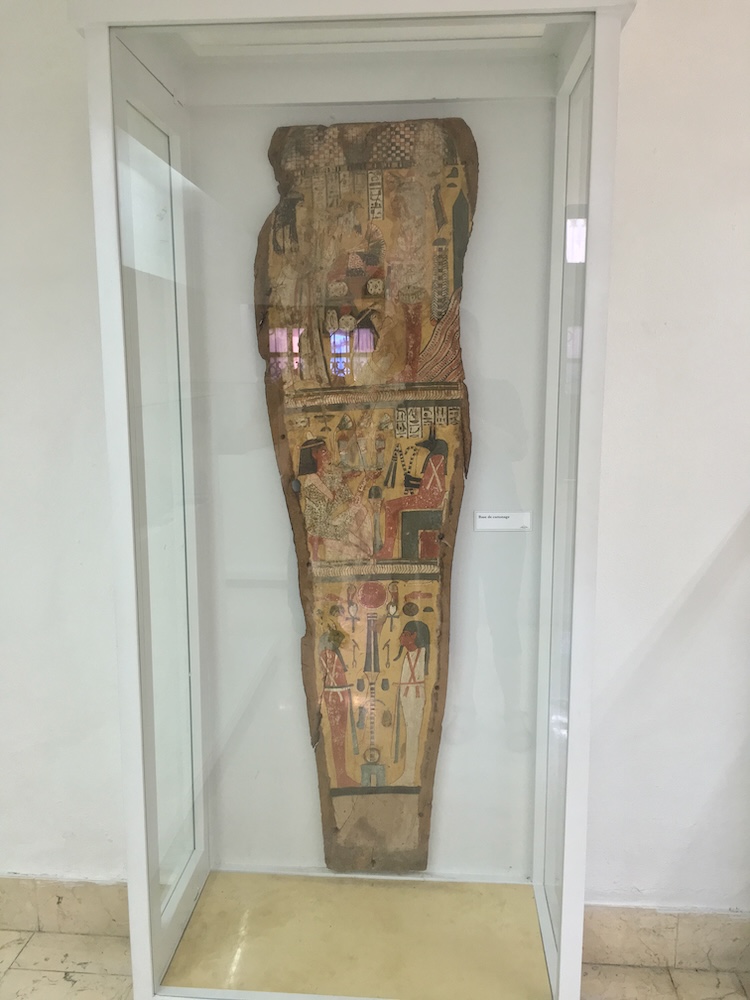Conceived a full decade before the discovery of Tutankhamen’s tomb, the display of a real Egyptian mumy and related funerary artifacts surely bolstered the prestige and financial security of the historical museum as its founder Emilio Bacardí Moreau (1844-1922) intended. An industrialist, Santiago’s first elected mayor and himself a legendary veteran of Cuba’s nineteenth-century independence wars against Spain, Bacardí published a personal account of his trip to acquire the mummy in 1913, Hacia Tierras Viejas. No doubt the dual strategy allowed Bacardí to fulfill his primary goal: to seek out, recover and restore thousands of objects that told the anti-colonial origins and national struggle of Cuba for abolition, a democratically constituted state and an economy that served citizens more than foreigners. At the time, few Cubans recognized the intrinsic value of “everyday” objects that revealed the brutality of Cuba’s slavery-centered past, let alone those belonging to recently deceased, historical figures of Cuba’s independence wars (1868-1898) and its struggle for sovereignty under US military occupations of the early Republic. Bacardí’s own daring contributions, supplying resources and communications for Cuba’s armed rebels during these wars, surely explain part of his vision. Faith in a Free Cuba might explain the rest. Santiago de Cuba, 2016

